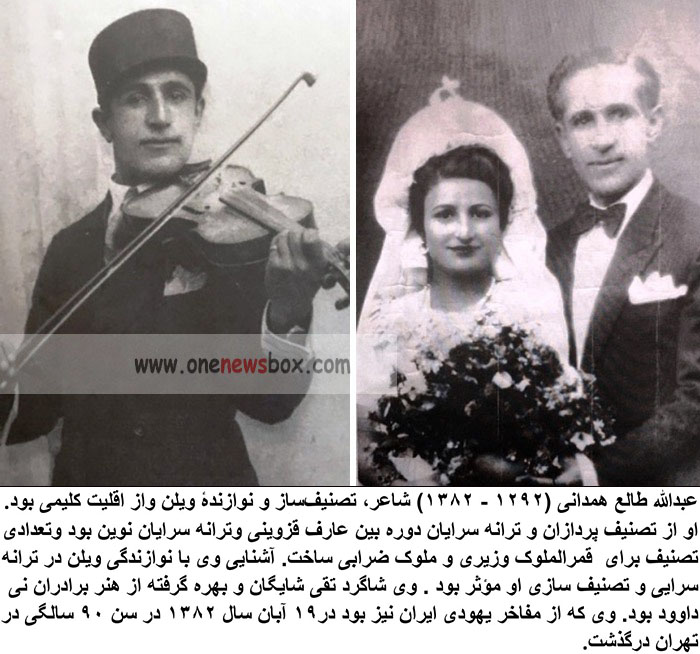Abdullah Taleh Hamedani, the son of Suleiman, was born in the city of Hamedan in 1292 AH (approximately 1875 CE) into a Jewish family. His life’s journey from a culturally active childhood to becoming one of Iran’s most versatile poets, composers, and musicians of the early 20th century reflects not only his individual brilliance but also the broader currents of Iran’s intellectual and artistic awakening during that transformative era. Taleh’s legacy is one of creativity, devotion, and cultural synthesis—an artist who bridged faith, art, and nationality with grace and intellect.
Early Life and Education
Taleh’s family was known for their progressive and forward-looking views regarding culture and education—a rarity in Hamedan at the time. During an era when literacy was not widely prioritized, particularly within minority communities, the Taleh family understood the importance of learning and language as tools for advancement and integration. It was in this context that young Abdullah was sent to the Alliance Israélite Universelle School—an institution that played a major role in modernizing education among Iran’s Jewish population. The Alliance schools, established by French Jewish philanthropists, emphasized secular education, foreign languages, and moral discipline.

